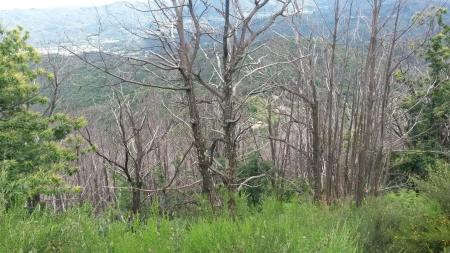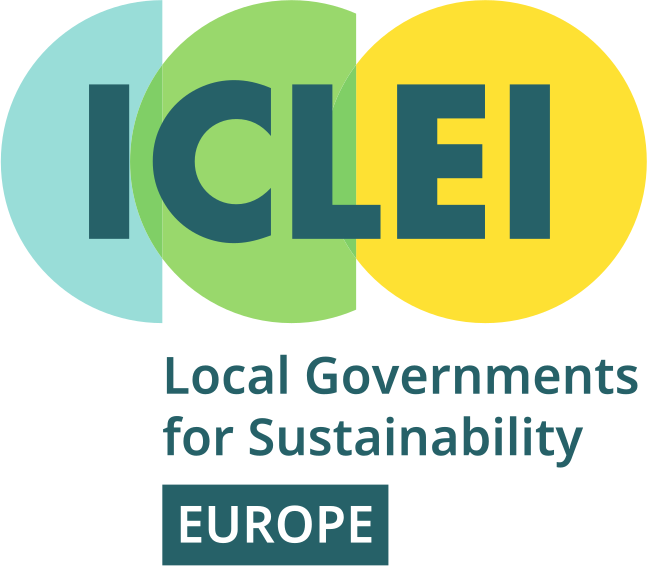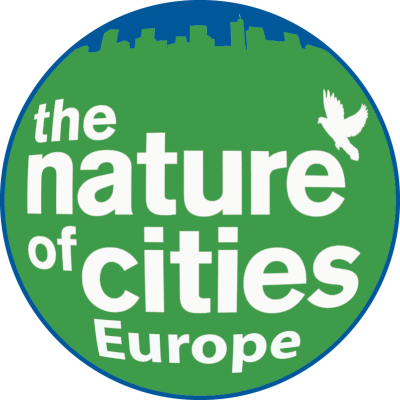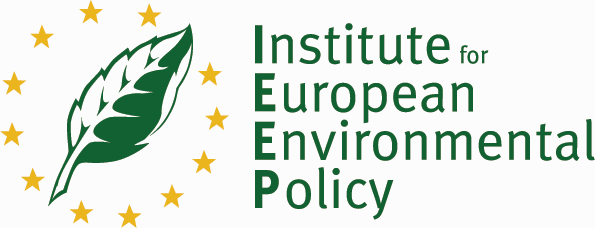
Objective:
The mobile app Vigil’Encre enables citizens to detect the chestnut ink disease (CID) - the most damaging disease for chestnut trees. Vigil’Encre applies a new approach to advance ecology, education and conservation, as it allows the public to participate in the tree health preservation.
Its broad functionality lets citizen scientists to diagnose the disease, characterize pathogens, describe their biology and in this way to actively take part in the sustainable crop protection.
Context:
Chestnut Ink Disease, caused by Phytophthora cinnamomi and P. cambivora, is the most damaging disease for chestnut trees, causing dieback and mortality in forests and orchards. Although introduced in Europe in the XIXth century, the current range of both pathogens is not well known in France yet, making it difficult to predict its extension in the context of global change.
There is a need for ink disease detection and surveillance, with the long-term goals to conserve the chestnut tree.











